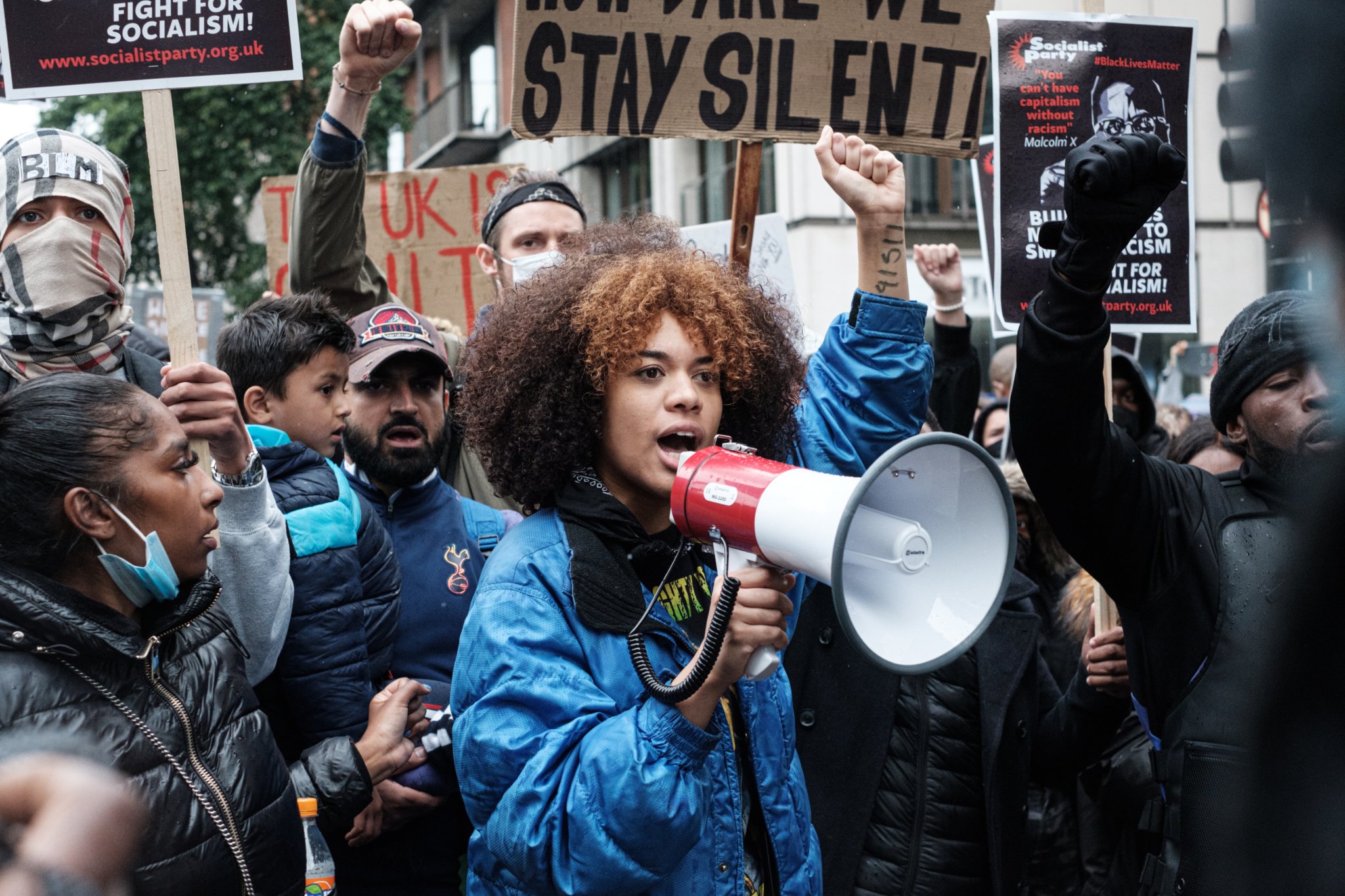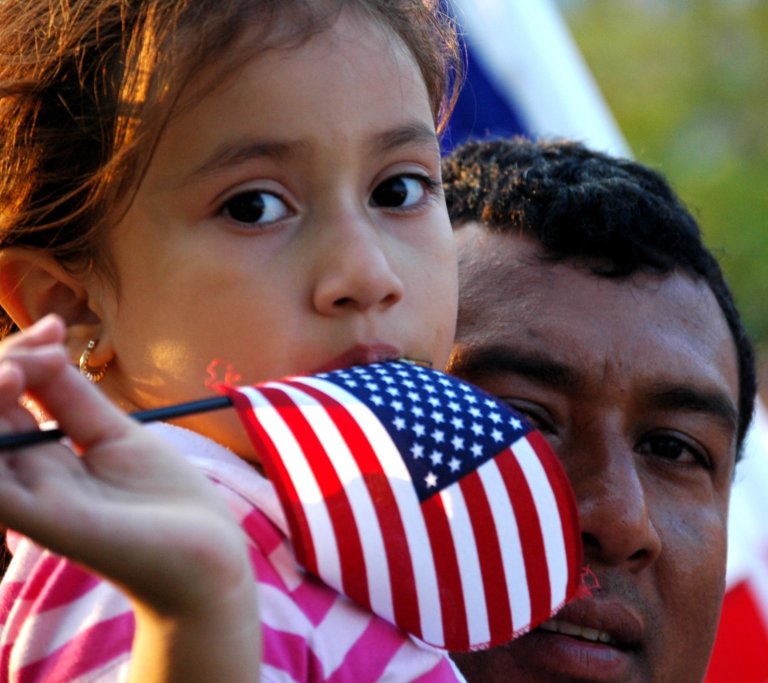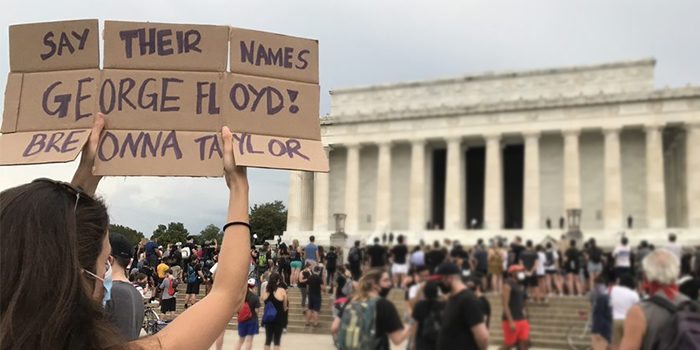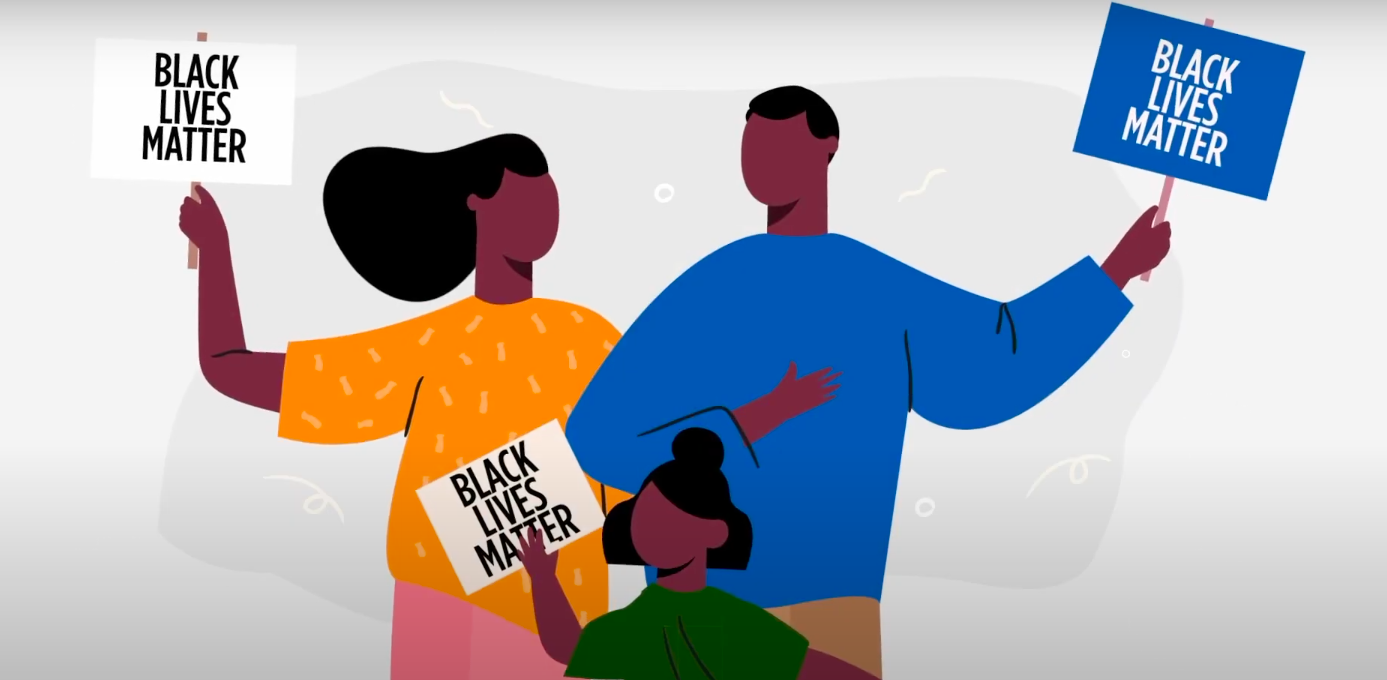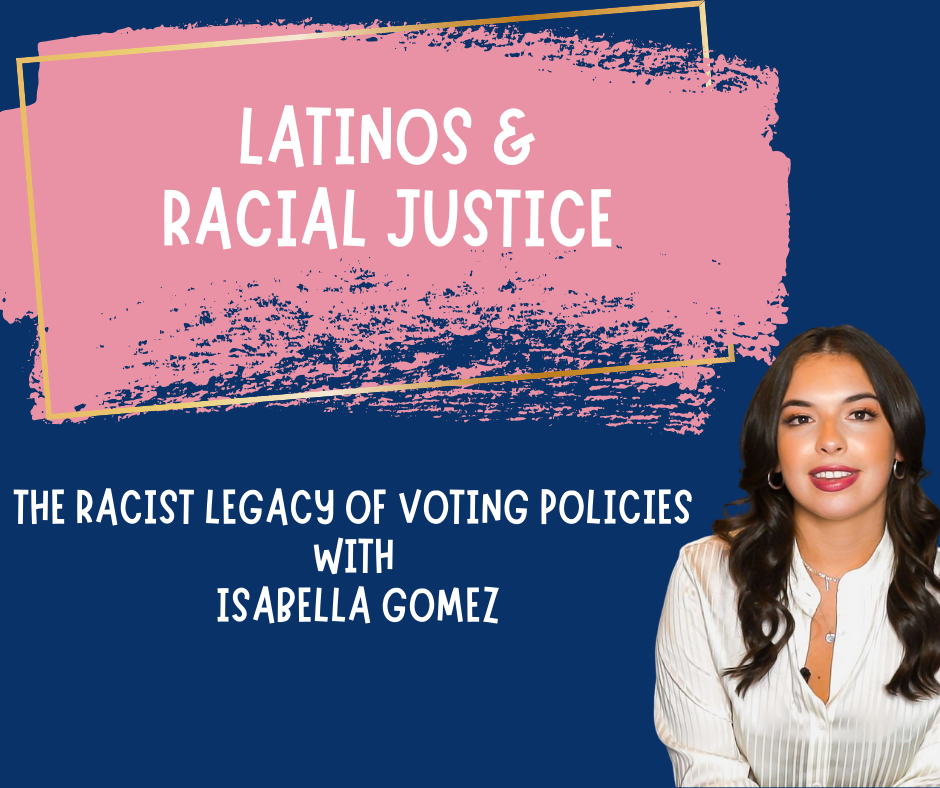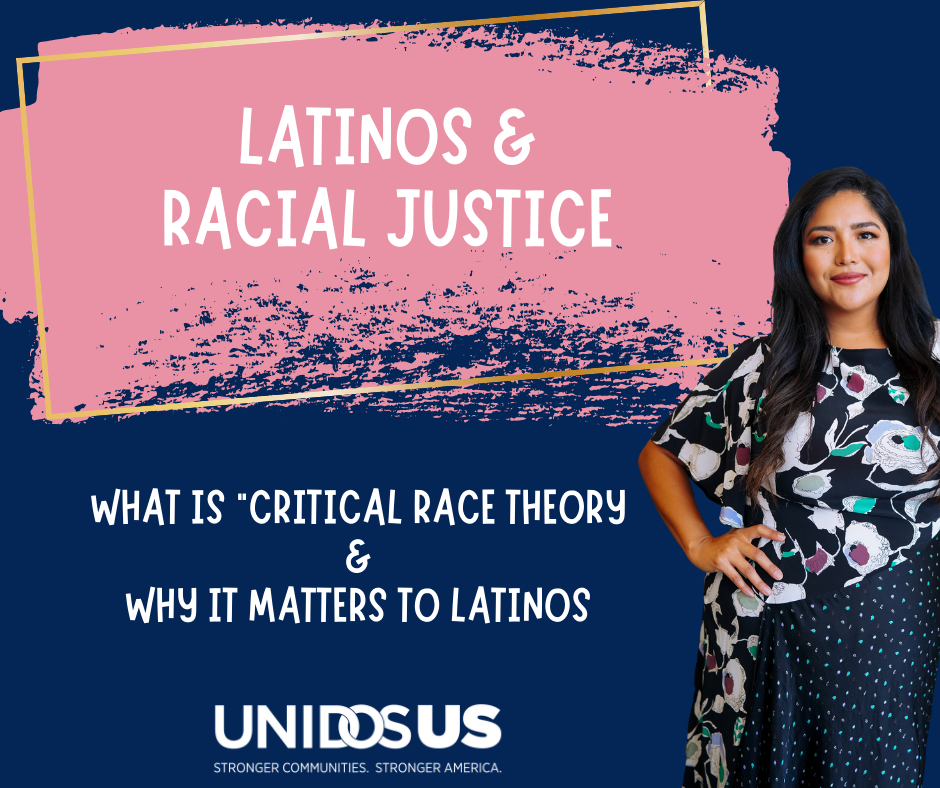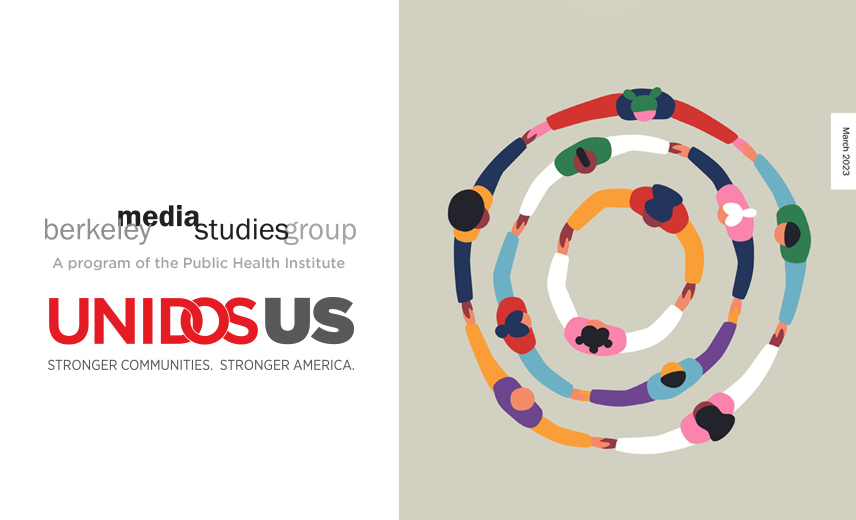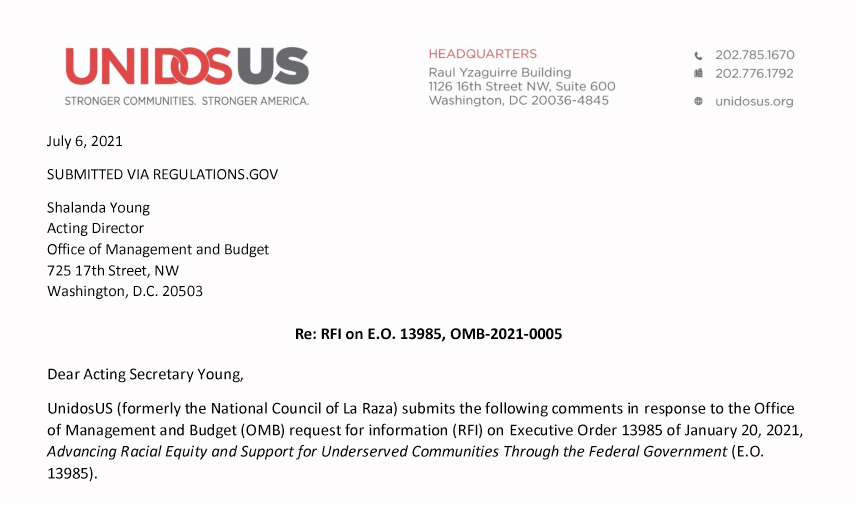Criminal justice and systemic racism
- Latinos experience racial profiling, are arrested more often, and have harsher sentences than the average white person.
- Latinos are almost twice as likely (1.7 times) to be killed by police than a white person.
- Police violence against Latinos is part of American history. Just over 100 years ago, Texas Rangers killed thousands of Latinos and drove many more into Mexico.
- In 1918, Texas Rangers and the U.S. Army killed 15 unarmed Mexican men and boys in Porvenir, Texas, and burned the town to the ground, claiming the village was full of thieves.
- The War on Drugs put more police in low-income communities of color, and putting more Black and Latino people in prison, but didn’t lower crime.

